The 8 Hidden Costs of a Bathroom Remodel That Can Break Your Budget
Want to replace a shower body, tub or make any changes to the plumbing fixtures? If you’re in a prewar building, you might be required to replace the copper piping back to the riser.

According to Block Renovation, up to 80 percent of a bathroom renovation budget is construction related rather than the finishes or fixtures you choose.
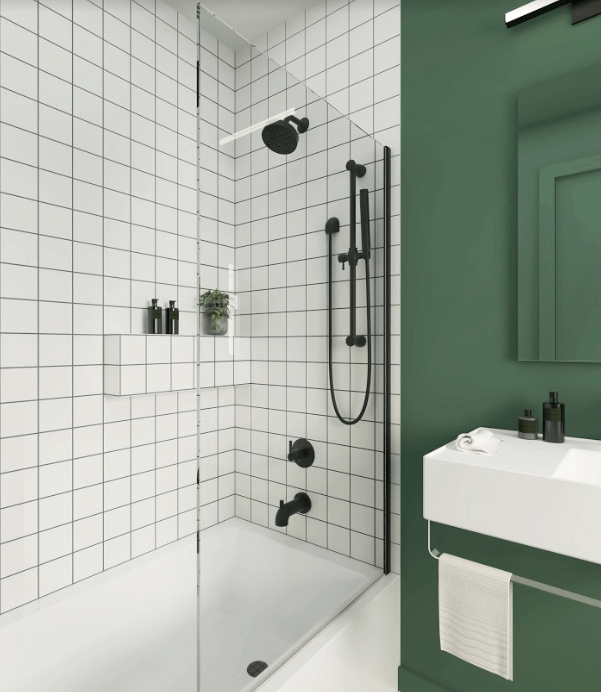
These hidden costs include:
1. Labor
Some affordable design choices can be misleading. Three-by-six-inch subway tile can cost as little as $3 per square foot for the tile itself, but that doesn’t account for the $10 to 15 per square foot it typically costs to lay it. Large format 12-by-24-inch porcelain might cost $8 per square foot to purchase but take 40 percent less time to install.
Cost: Depending on your design choices and building context, expect to pay $16,000 to $28,000 for labor for a midrange bathroom. Block Renovation offers all-inclusive labor and construction prices and architect-grade design templates so clients can easily anticipate their costs.
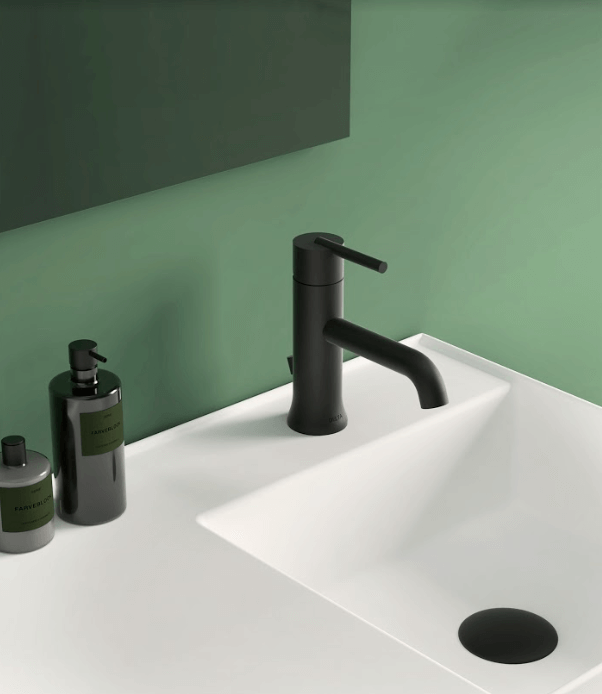
2. Harsh building requirements
Living in a condo or co-op could incur unanticipated costs. There may be a limitation on working hours, increasing the timeline and budget of the project. Plus, some buildings place a restriction on noisy tools used in demolition (i.e. a chipping gun), which can increase the amount of work that needs to be done.
Want to replace a shower body, tub or make any changes to the plumbing fixtures? If you’re in a prewar building, you might be required to replace the copper piping back to the riser.
Cost: This can frequently drive costs by $2,000 to $4,000 on top of your bathroom renovation. Block will help pull together the documentation for your board approval and anticipate the costs based on your building type and location.

3. Permits and licensing
You might think you can cut costs if you keep plumbing and other functions in the same place, but the building still may ask for you to file a limited alteration application (LAA) with a master licensed plumber.
Cost: As much as $4,000, when incorporating expediting, licensing, and coordination around inspections.

4. Condo and co-op requirements for insurance
There could be a minimum insurance requirement driving up the costs for your contractors. A $3 million general liability is common. Likewise, workers compensation policies often cost 5 percent or more of a builder’s salary.
Cost: As a client, you’re typically not exposed, but think of it as $500 to $1,500 per bathroom inside your builder’s labor proposal. Block’s pre-vetted contractors are licensed and insured, and the team will match you with a contractor that meets your building’s requirements.
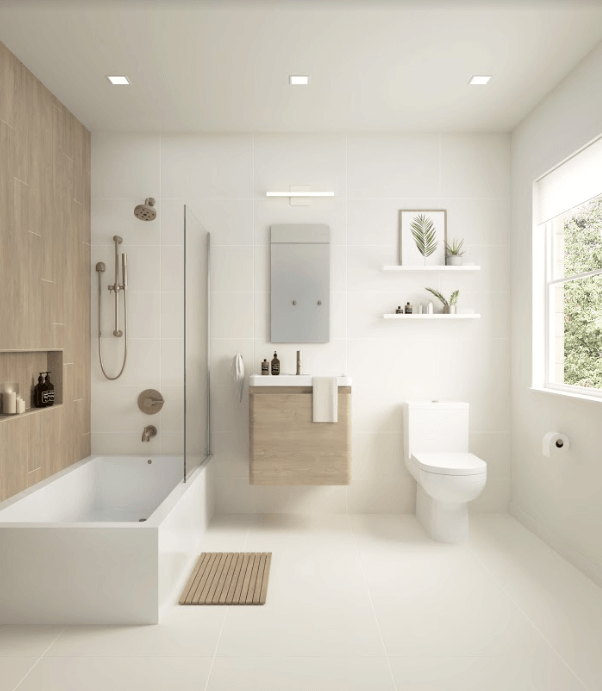
5. Protection of your home and common areas
Any good contractor will protect the common hallways, staging areas, and any adjacent spaces to the construction site, which take up to 30 minutes every day and a substantial amount of protective materials.
Cost: While you may not see this itemized by your contractor, some of the more complicated protection challenges that Block sees can cost as much as $1,500 in labor and materials just to satisfy board requirements.
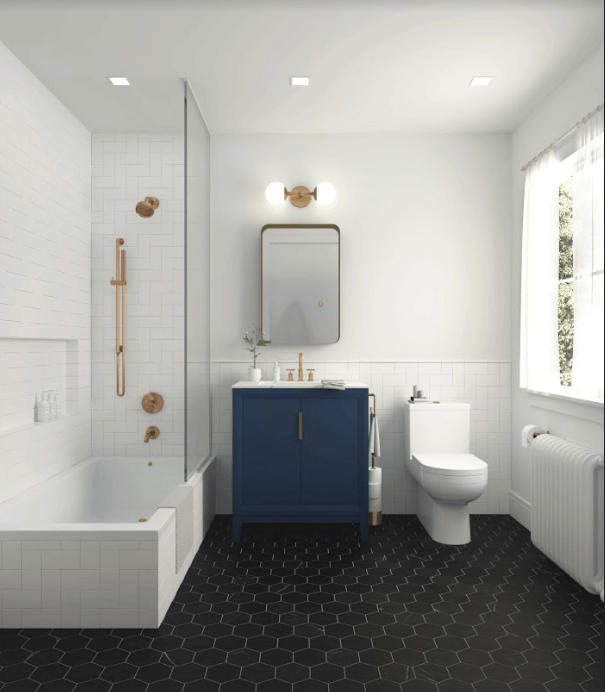
6. Curbside logistics and shipping
Curbside delivery often requires complex coordination (builder must be present), sign-off that nothing is damaged, and the time and effort to haul the products to your bathroom.
Cost: Deliveries in New York for bathrooms can be as much as 10 percent of the total cost of fixtures. With curbside coordination, this could be anything between $600 and $1,300 across all fixtures. Block Renovation handles procurement and deliveries for clients to ensure a timely and transparent process.
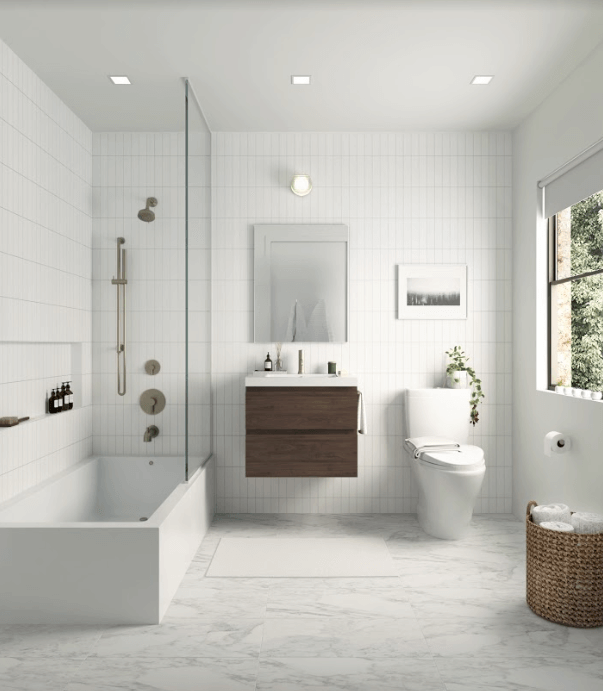
7. Prewar buildings equal more demolition
In older buildings, walls are likely made of plaster and wire lath, which is difficult to demolish. This can increase the time it takes to bring them down to the studs as well as the amount of clean up.
Cost: This can increase your demolition by nearly $700.
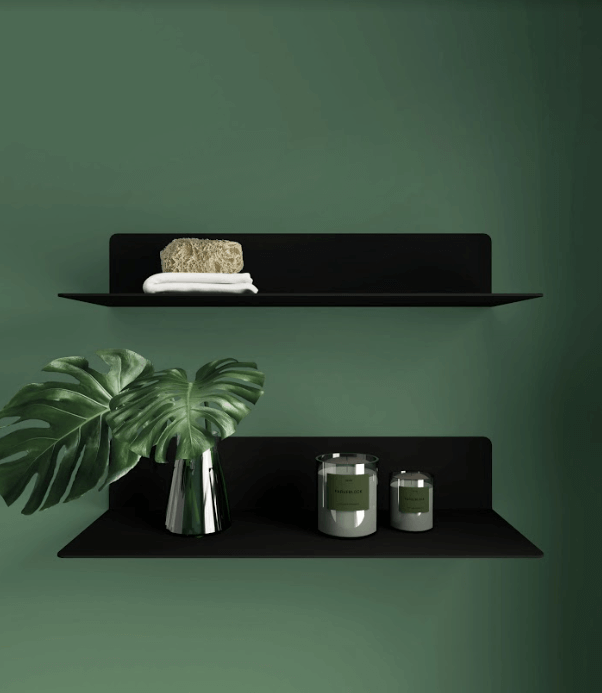
8. Unforeseen changes
If you’re in a prewar apartment you’ll need to redo the mud set floor — the approximately 4 inches of lightweight concrete beneath the tile — to keep the floor at its intended elevation.
Plus, if the building is older than 1978, lead paint might be an issue, requiring a new paint job and an EPA Lead Safe certification.
In older buildings, you might need to update the lead bend for the toilet (drain from the toilet to the vertical riser).
Cost: These can range from $500 to $3,000 in changes and updates.
For more information about remodeling your bathroom, contact Block Renovation here.



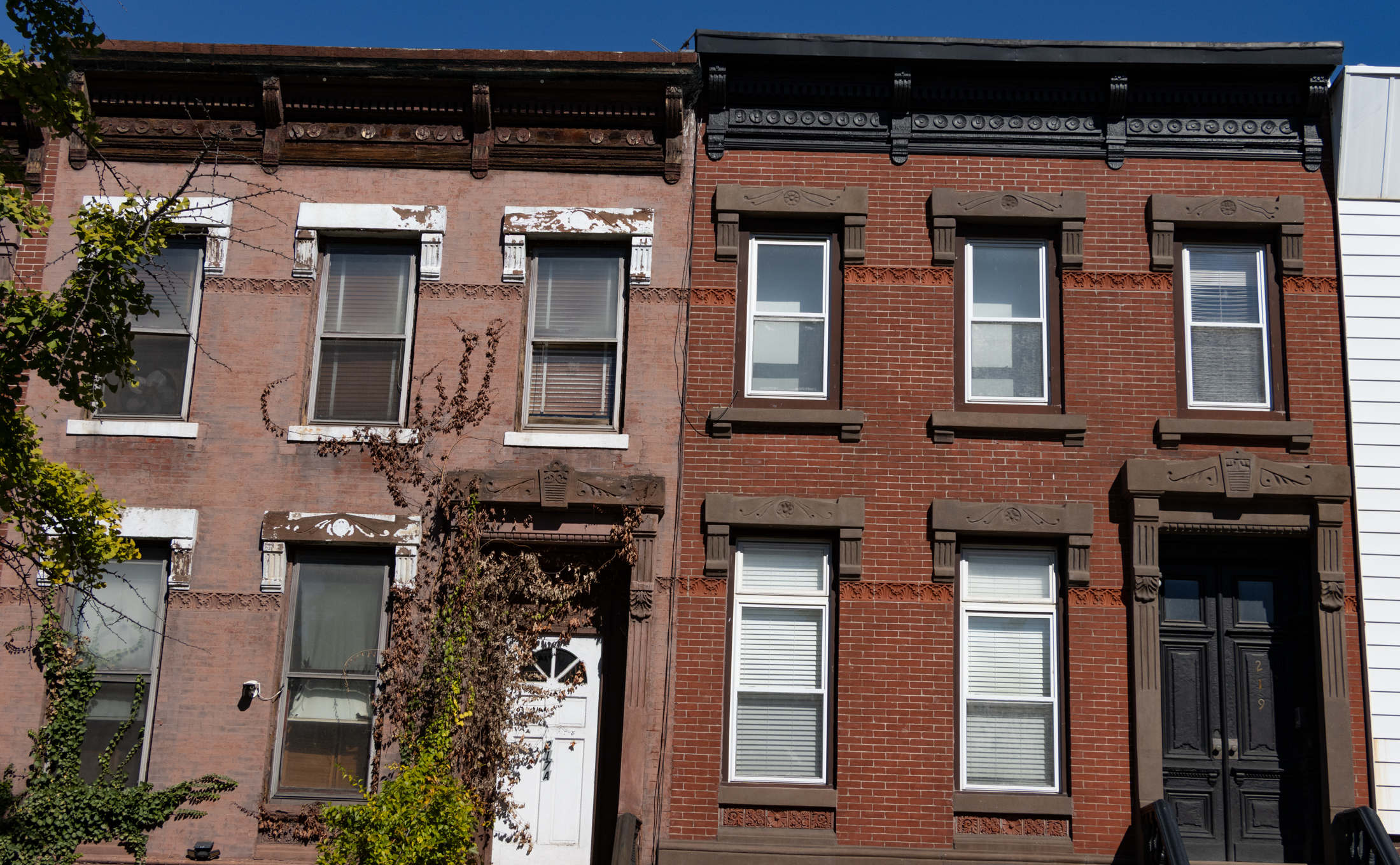
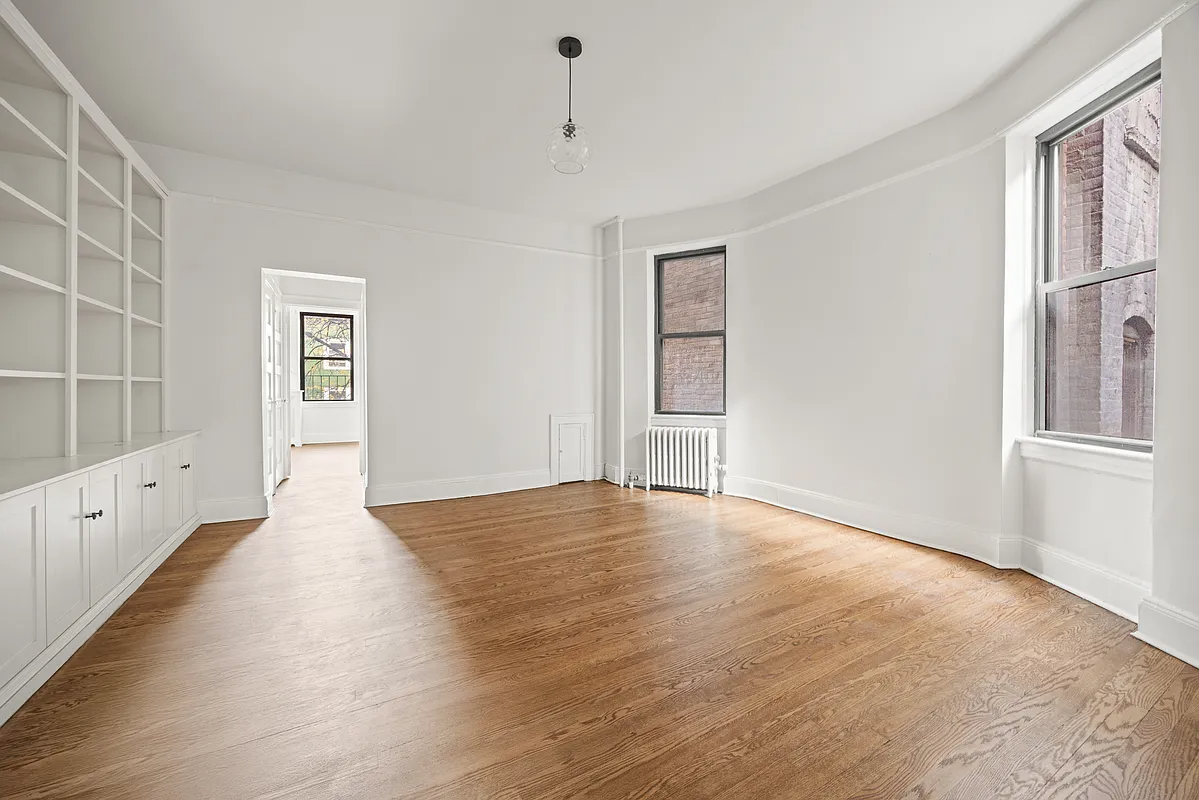
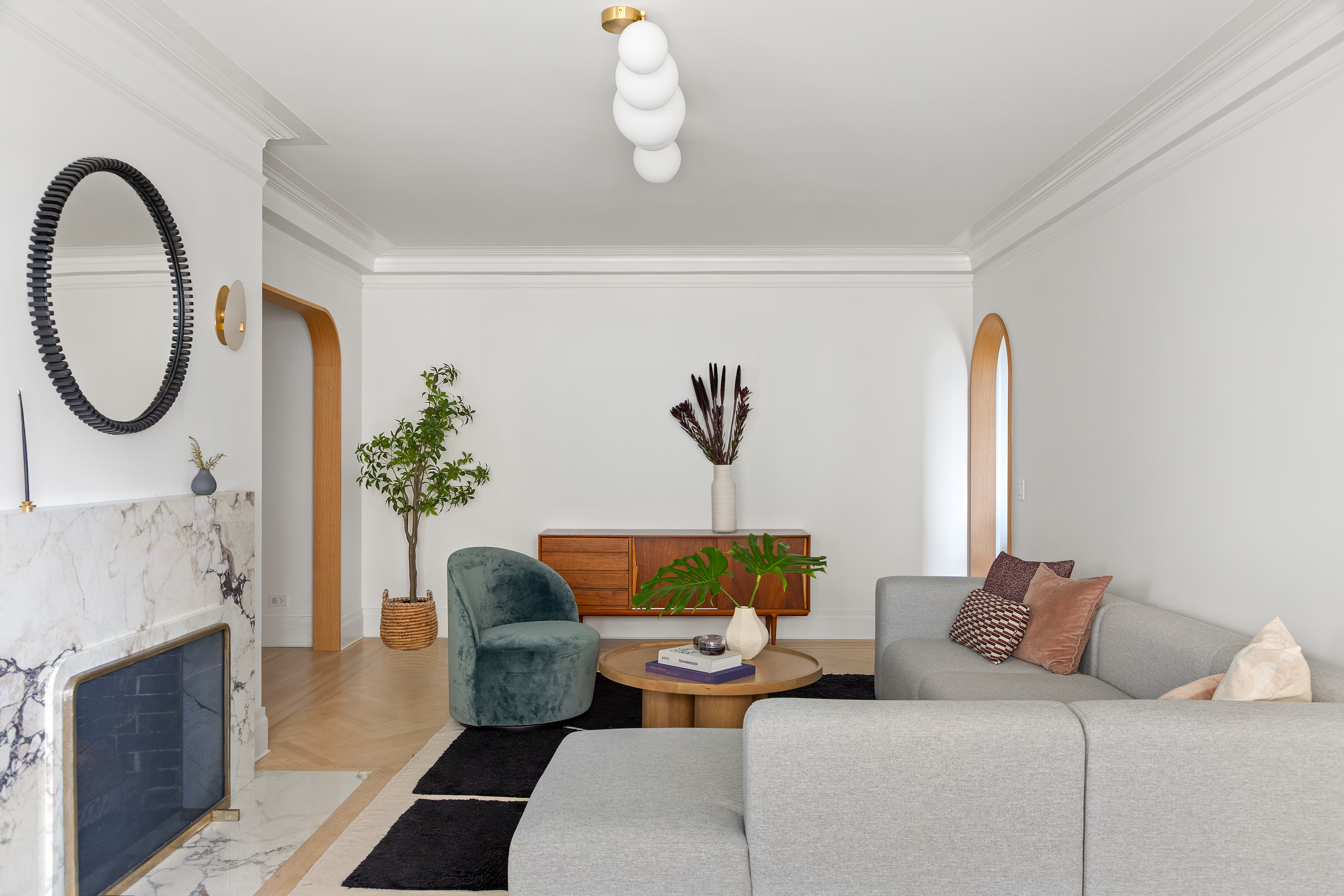
What's Your Take? Leave a Comment